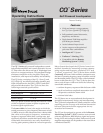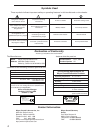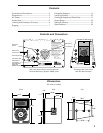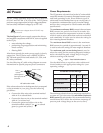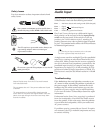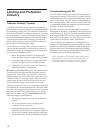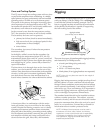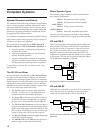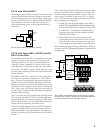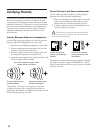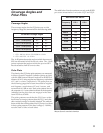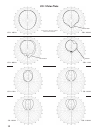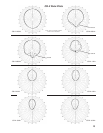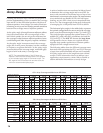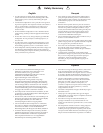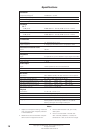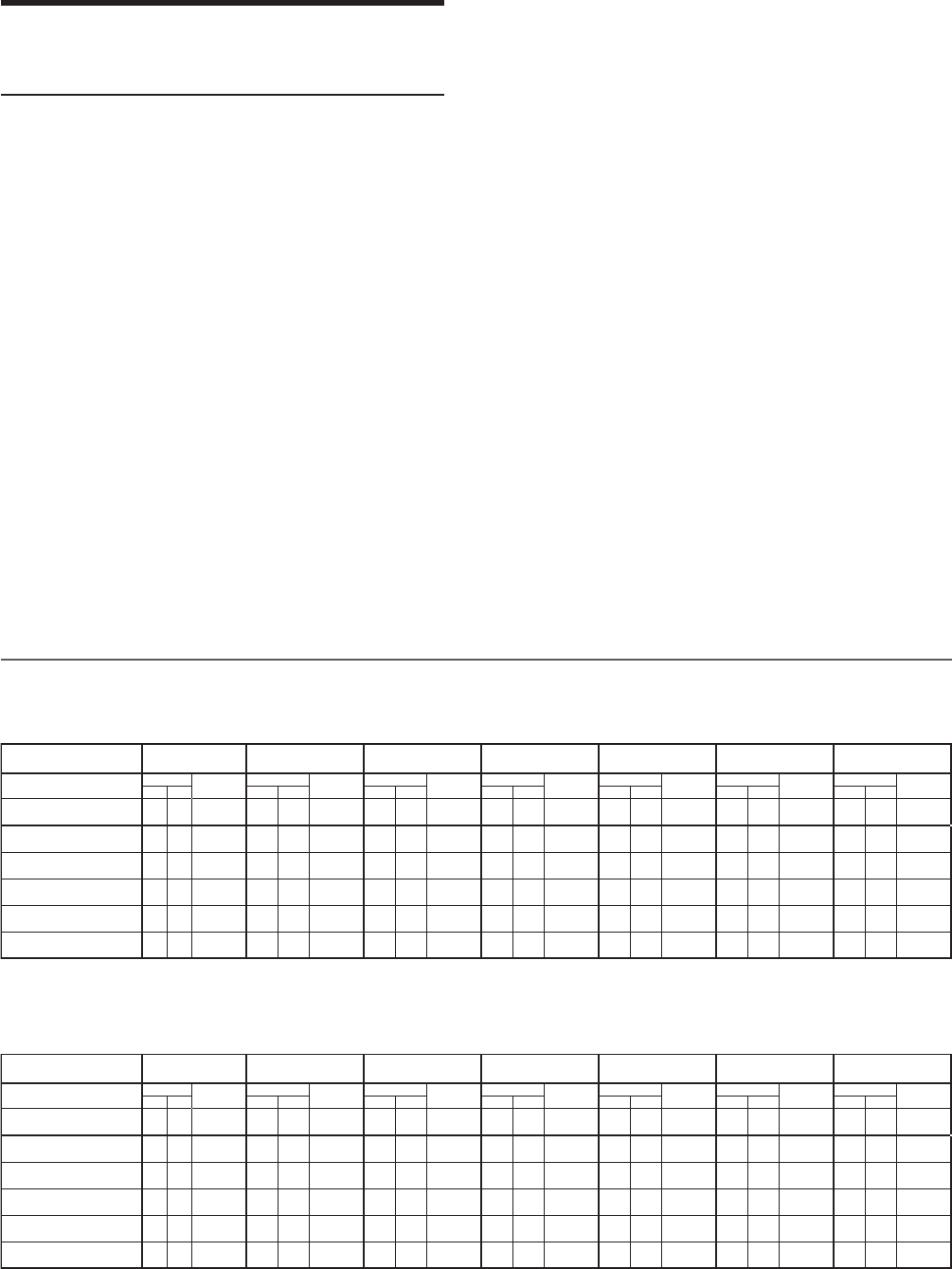
14
Array Design
Creating an effective array with the CQ requires a
precise understanding of how to combine the coverage
area and SPL of the individual speaker with those of
adjacent speakers. Array design is a trade-off between
increasing on-axis power and creating smooth transitions
between the coverage areas of adjacent speakers.
As the splay angle (the angle between adjacent cabinet
faces) decreases below the coverage angle of the
individual speaker, the on-axis power increases, but
the coverage overlap between adjacent speakers causes
comb filtering and other frequency response variations.
As the splay angle increases toward the coverage
angle, the on-axis power decreases, but the variations
in frequency response diminish. As the splay angle
increases beyond the coverage angle, noticeable gaps
begin to form in the array’s coverage area.
NOTE: The trapezoidal shape of the CQ does not
represent the horizontal coverage area of the speaker
or the intended splay angle for horizontal arrays. The
20
°
angle of the CQ enclosure is narrower than the
minimum recommended splay angle.
A series of outdoor tests was conducted at Meyer Sound
to determine the coverage angle and on-axis SPL for
arrays with one and two horizontal rows of up to four
elements each, at numerous splay angles. The measurements
were conducted at a distance of 8 m with half-space
loading; on-axis SPL values were interpolated from
8 m to 1 m. The coverage angle for the array is the result
of averaging the –6 dB points from 125 Hz to 8 kHz.
The horizontal splay angles in the tables below represent
the optimal configurations for narrow and wide coverage
areas; note the different angles for the CQ-1 and CQ-2.
The vertical angles represent the optimal narrow (15°),
middle (30°), and wide (40°) orientations for both the
CQ-1 and CQ-2. The 2@0° LT denotes the long throw
configuration: the two horns are coupled directly
together (top speaker upside down/bottom speaker
upright) to form a single narrow horn.
The following tables show the SPL and coverage areas
that result from grouping the CQ-1 and CQ-2 in arrays
of up to four units horizontally and two rows vertically.
All splay angles refer to the angle between cabinet
centers. If this information does not address your
application requirements, contact Meyer Sound to
obtain additional information on array design.
CQ-1 Array Coverage and Maximum SPL Chart
CQ-2 Array Coverage and Maximum SPL Chart
Number of Horizontal
CQ units @ Angle
1 2 @ 30° 2 @ 40° 3 @ 30° 3 @ 40° 4 @ 30° 4 @ 40°
Coverage Max Peak Coverage Max Peak Coverage Max Peak Coverage Max Peak Coverage Max Peak Coverage Max Peak Coverage Max Peak
H V dB SPL H V dB SPL H V dB SPL H V dB SPL H V dB SPL H V dB SPL H V dB SPL
Number of Vertical
Rows of CQ @ Angle
1 50° 40° 139 70° 40° 143 90° 40° 142 100° 40° 144 130° 40° 144 130° 40° 145 170° 40° 144
2 @ 0° (LT) 50° 20° 145 70° 20° 149 90° 20° 148 100° 20° 150 130° 20° 150 130° 20° 151 170° 20° 150
2 @ 15° 50° 45° 143 70° 45° 147 90° 45° 146 100° 45° 148 130° 45° 148 130° 45° 149 170° 45° 148
2 @ 30° 50° 60° 142 70° 60° 146 90° 60° 145 100° 60° 147 130° 60° 147 130° 60° 148 170° 60° 147
2 @ 40° 50° 80° 141 70° 80° 145 90° 80° 144 100° 80° 146 130° 80° 146 130° 80° 147 170° 80° 146
Number of Horizontal
CQ units @ Angle
1 2 @ 50° 2 @ 70° 3 @ 50° 3 @ 70° 4 @ 50° 4 @ 70°
Coverage Max Peak Coverage Max Peak Coverage Max Peak Coverage Max Peak Coverage Max Peak Coverage Max Peak Coverage Max Peak
H V dB SPL H V dB SPL H V dB SPL H V dB SPL H V dB SPL H V dB SPL H V dB SPL
Number of Vertical
Rows of CQ @ Angle
1 80° 40° 136 100° 40° 140 150° 40° 139 170° 40° 140 220° 40° 138 220° 40° 141 300° 40° 139
2 @ 0° (LT) 80° 20° 142 100° 20° 146 150° 20° 145 170° 20° 146 220° 20° 144 220° 20° 147 300° 20° 145
2 @ 15° 80° 45° 140 100° 45° 144 150° 45° 143 170° 45° 144 220° 45° 142 220° 45° 145 300° 45° 143
2 @ 30° 80° 60° 139 100° 60° 143 150° 60° 142 170° 60° 143 220° 60° 141 220° 60° 144 300° 60° 142
2 @ 40° 80° 80° 138 100° 80° 142 150° 80° 141 170° 80° 142 220° 80° 140 220° 80° 143 300° 80° 141



